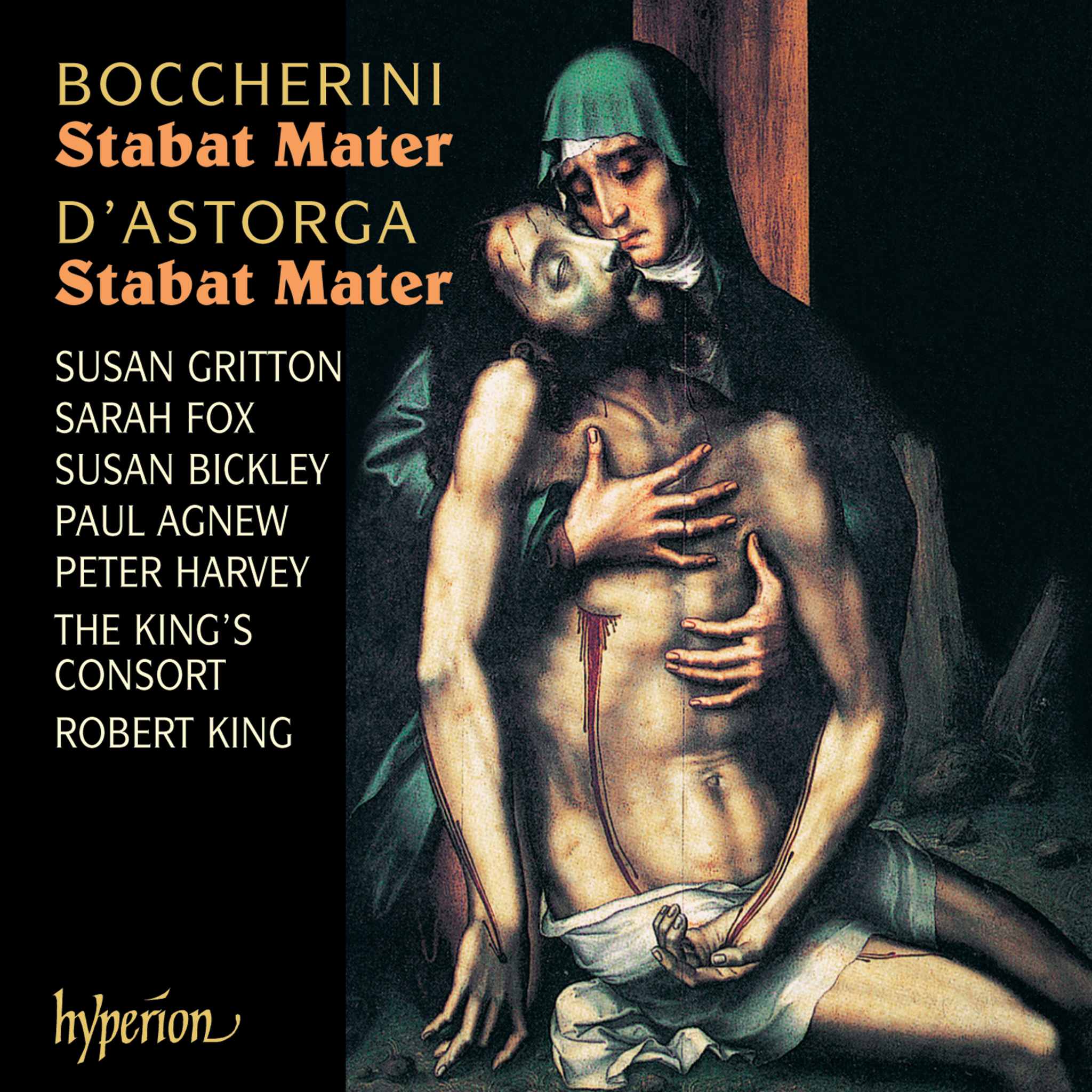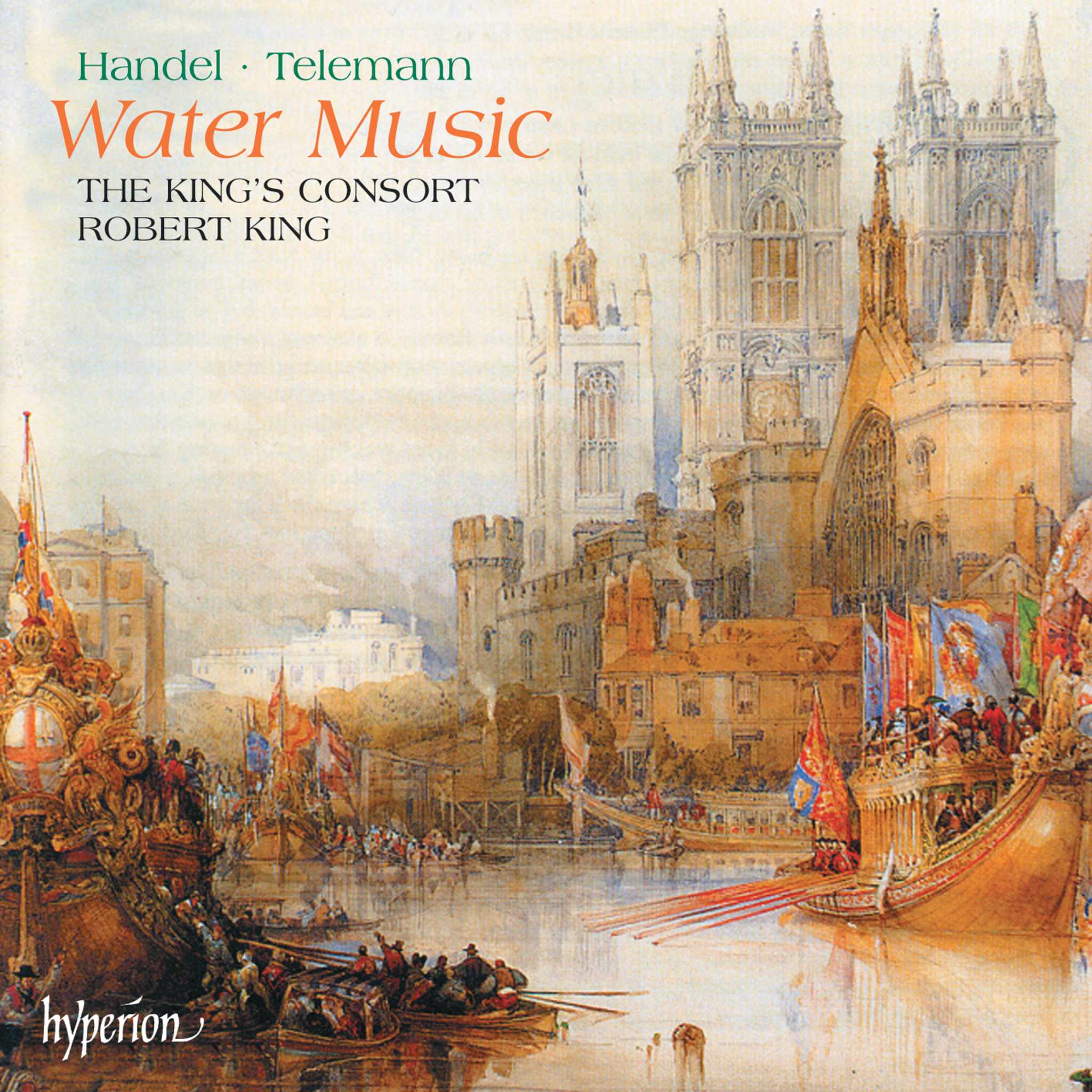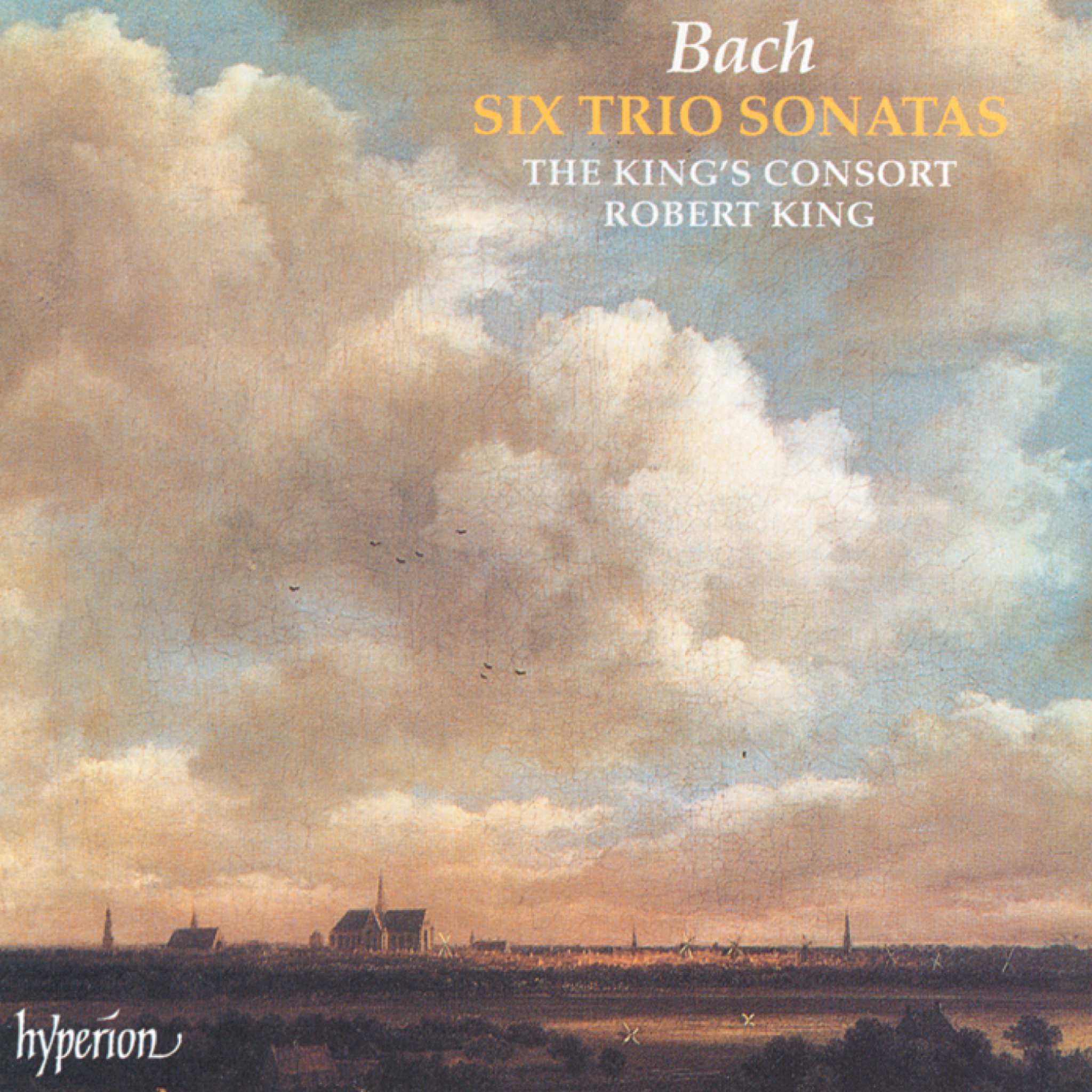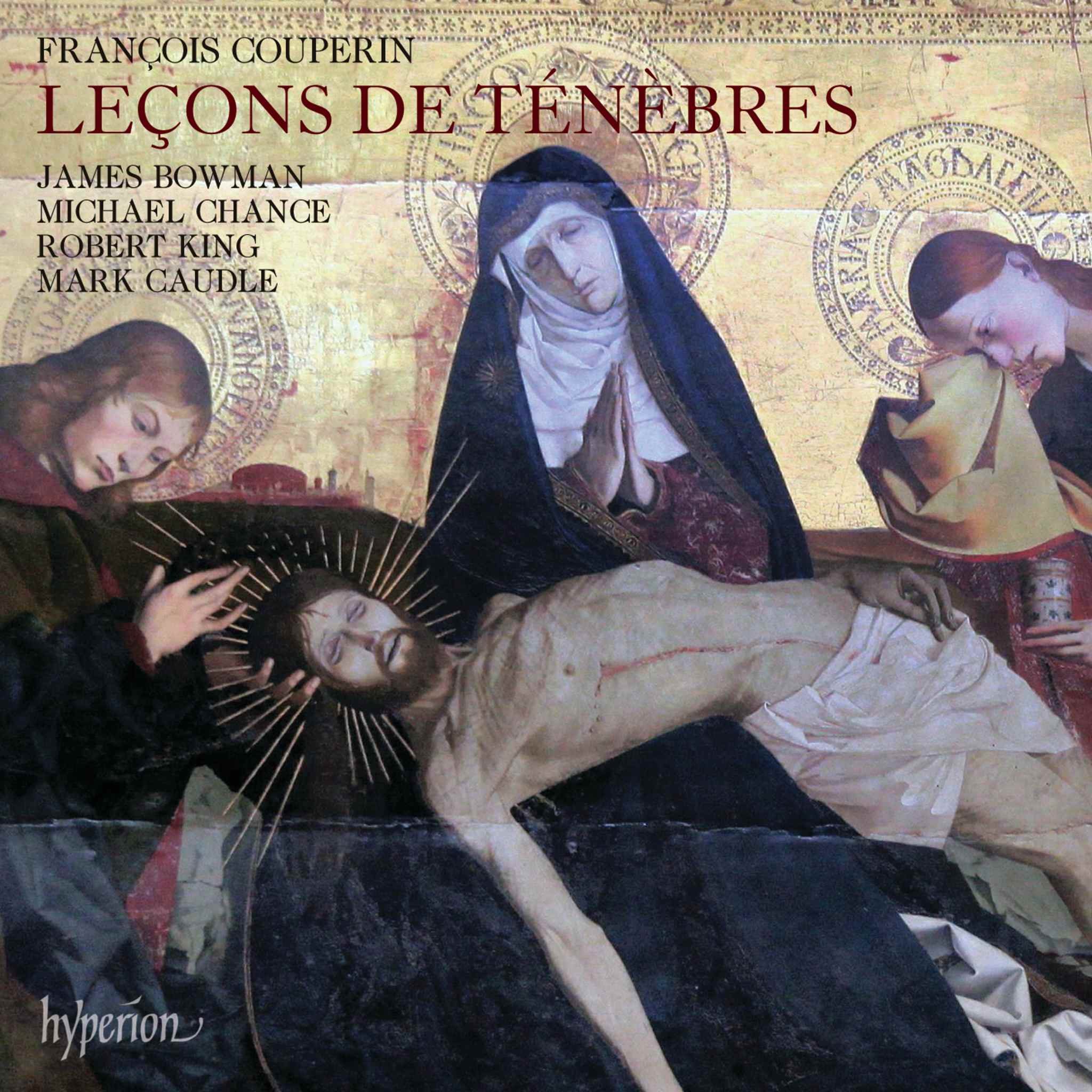Album insights
For those patient listeners already familiar with the complete canon of Beethoven's nine symphonies (as transcribed by Liszt and published in 1865 by Breitkopf & Hartel) from Volume 22 of this series, a brief reassurance is in order: this recording is not a repetition of that material. These early transcriptions were written over twenty years before their revision, at a time when Liszt primarily functioned as a concertizing interpreter and missionary on behalf of these works. His standards for performers were originally much higher, remaining faithfully devoted to Beethoven. As a result, Liszt's early ideas appear much more dramatic, offering various solutions to the challenges that come with a faithful transcription of great masterpieces. The comparison of the different versions is, as always with Liszt, fascinating offering insight into Liszt's life, art, as well as the persona of Beethoven himself.
The general title of the first series of transcriptions, dedicated to Mr. Ingres, was "Symphonies by L. van Beethoven, Piano Score dedicated to Monsieur Ingres … by F. Liszt", published by Richault. The mention of Jean-Auguste-Dominique Ingres (1780-1867) dedicating this first series is of special interest to Liszt enthusiasts due to the portrait Liszt painted of him in Rome in 1839, coinciding with Liszt's commencement of work on the Beethoven transcriptions. Liszt reported to Berlioz in a letter about his encounter with Ingres and their musical collaboration - Ingres apparently being an excellent violinist. (The second series of transcriptions was incidentally dedicated to Hans von Bülow.) The preface, nearly unchanged for the subsequent series, illustrates Liszt's intentions.
Beethoven's name is revered in art. His symphonies are universally acknowledged as masterpieces today; anyone who wishes to expand their knowledge or create something new must endlessly analyze and study these symphonies. Thus, any effort to disseminate and make these symphonies more accessible deserves merit, and while the numerous previous adaptations may seem of little value upon deeper scrutiny, they still shed light on the genius of Michelangelo or Shakespeare. Liszt embarked on this work aiming to transfer not only the grand outlines but also the finer nuances and details that contribute significantly to the whole on the piano. Liszt's goal was to blend the interpreter's spirit with the orchestral performance, capturing various sounds and nuances within the piano's limited capabilities. Liszt sought to fully exploit the pianistic translation of orchestral structures rather than simply reproduce or elaborate on the originals.
Liszt began his planned transcription series with the Fifth and Sixth symphonies. While he announced his intention to focus on only four works - Symphonies 3, 5, 6, and 7 – as they were best suited for transcription and immensely beneficial for future students of Beethoven's works, he ultimately completed only three works – Nos. 5, 6, and 7, later adding a transcription of the slow movement from the Eroica.
(Listeners familiar with Volume 22 of this series are asked for understanding regarding the repetition of background information on these works, where the temptation to 'improve' Liszt's transcriptions that many succumbed to was steadfastly resisted here, with only minor corrections made discreetly. The aim was to stay loyal to Beethoven, and any errors in Liszt's editions of the Beethoven scores that were uncovered by recent musicological studies were corrected. However, no new transcriptions were made.)
L. van Beethoven's Fifth Symphony by François Liszt
Adelaide by Beethoven Transcribed for Piano by F. Liszt (First Version)
Cadenza for Beethoven's Concerto Op. 37
Fragment from the Piano Score of Beethoven's Seventh Symphony (Beethoven, Transcription by Beethoven)
Seventh Symphony in A major by L. van Beethoven, Op. 92. Piano Score, dedicated to Mr. Ingres by François Liszt
Fantasy on Motives from Beethoven's 'The Ruins of Athens' for Piano by F. Liszt (First Version)
March to the Scaffold from Berlioz's Symphonie fantastique (Episode in the Life of an Artist) Transcribed for Piano by François Liszt (Final Version)
By Leslie Howard © 1997 Translated by Manuela Hübner












